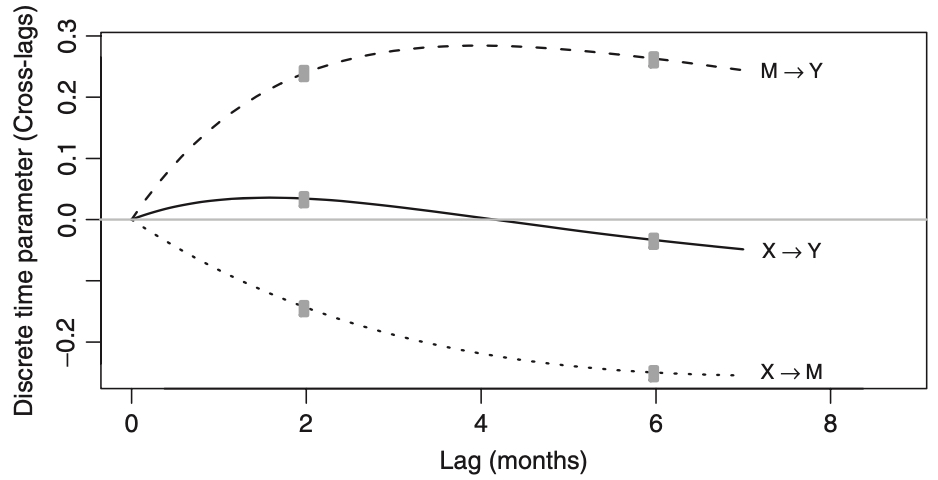This essay reviews emerging trends in modeling repeated measures data. Three longitudinal models are discussed: panel model designs, growth curve models, and intensive within-person assessments. Continuous time models for panel data are discussed. The analysis of intensive within-individual observations is also considered, including work that limits the generalizability of interindividual studies to individual outcomes.
Abstract
In this essay we review some of the emerging trends in modeling repeated measures data. Three general forms of longitudinal models are discussed: panel model designs, growth curve models, and intensive within-person assessments. Each section discusses design elements that should be considered when using each of these types of longitudinal models, and introduces some emerging trends. In the section on panel designs, continuous time models and planned missing data models are introduced; these ideas will revolutionize the modeling and collection of panel data. In the section on growth curve models, the necessity of separately evaluating mean and covariance model fit is discussed. This section also introduces methods being used to carefully consider the time of measurements in temporal designs. Finally, the budding analysis of intensive within individual observations is considered, including recent work from mathematics that limits the generalizability of interindividual studies to individual outcomes.
Citation
Little, T. D., Deboeck, P. R. & Wu, W. (2015). Longitudinal Data Analysis. In R. A. Scott and S. M. Kosslyn (Ed.) Emerging Trends in the Social and Behavioral Sciences. Hoboken, NJ: John Wiley and Sons.
